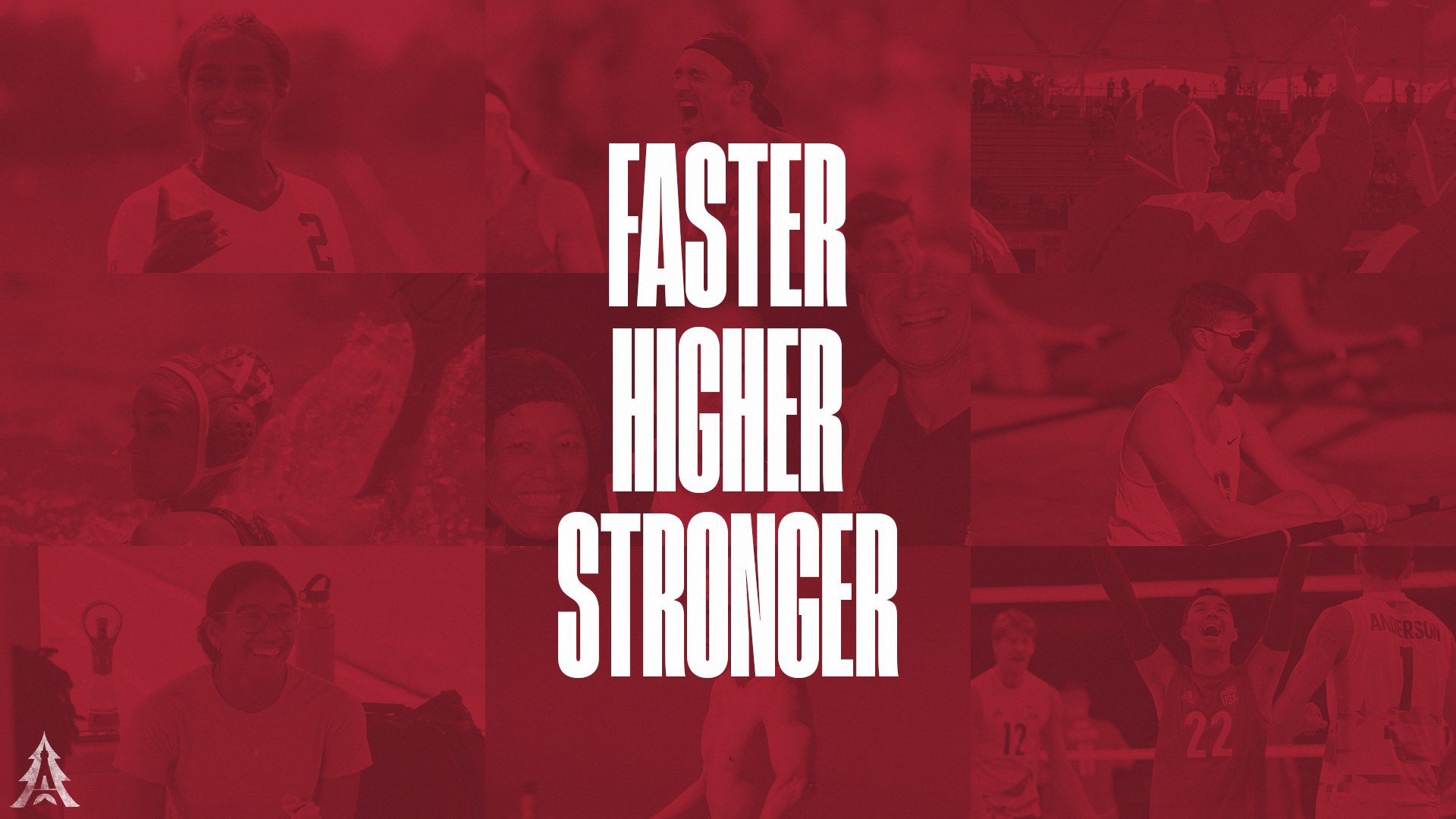As a junior, Riley switched to attacking fullback, creating a prototype for a position that’s
become a staple of the program and has helped the Cardinal to three NCAA championships.
“I essentially became left-footed, and a fullback,” Riley said. “All of these things that have shaped my career have come from Stanford.”
When the Rileys discovered that New Zealand was creating an under-20 women’s national team, they sent a DVD to the federation and Riley was selected in 2006. A year later, she made her senior national team debut and has been a fixture there, and even the face of the Football Ferns, ever since. Including Olympics and World Cups, this will be her ninth global championship tournament.
“Every time we stand there and sing the national anthem is incredible,” said Riley, in a video called My Ferns Story. “It never ever gets old. I’ll never get used to it. I’ll never take it for granted. This team is my family and has been for 17 years.”
That is mana.
“In Māori terms, your mana comes down to how well you care for your family, subtribe, tribe and
canoe. Ultimately, other people,” wrote Chris Winitana in New Zealand Geographic.
“What am I doing by being a captain, and creating history, and playing at World Cups?” Riley wondered. “I grow my mana. But what am I going to do with that? I think about staying humble, working hard, and making a huge impact on others. But it’s also about respecting your environment, respecting other cultures, honoring the spaces that you go in, being respectful.”
Riley, 36 and now in her 15th pro season and playing for her hometown club (Angel City FC in the National Women’s Soccer League), has not made any retirement plans. However, she admitted, “I’m pretty sure this is my last major tournament.”
She’s seen growth in women’s soccer: the first women’s-owned franchise, women’s soccer-specific stadium, women’s soccer-specific training facilities. Pro leagues are popping up throughout Europe and more matches are televised.
“There’s a collective shift in culture – women athletes are much more respected,” she said. “Women’s soccer is no longer viewed as just a charity, but a valuable investment and business opportunity. And now you’re seeing record-breaking transfer fees and some huge salaries.
“But the majority of players are not at that level. Most professional women’s players cannot make a living, even in the NWSL. We have a really long way…
Click Here to Read the Full Original Article at Stanford Cardinal – Official Athletics Website…

